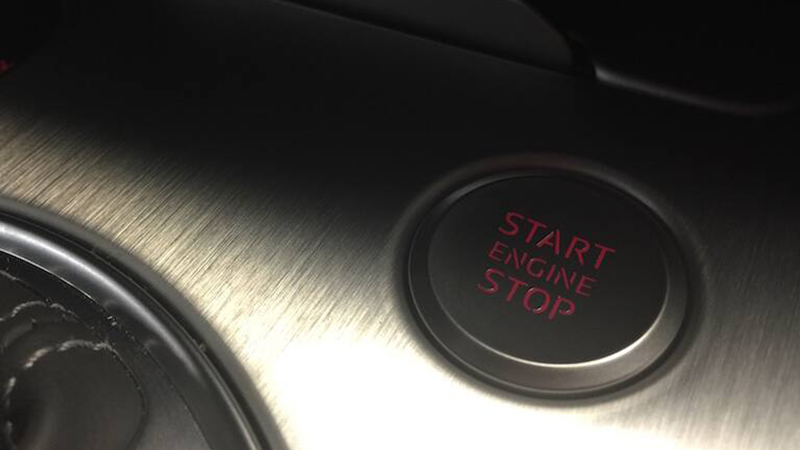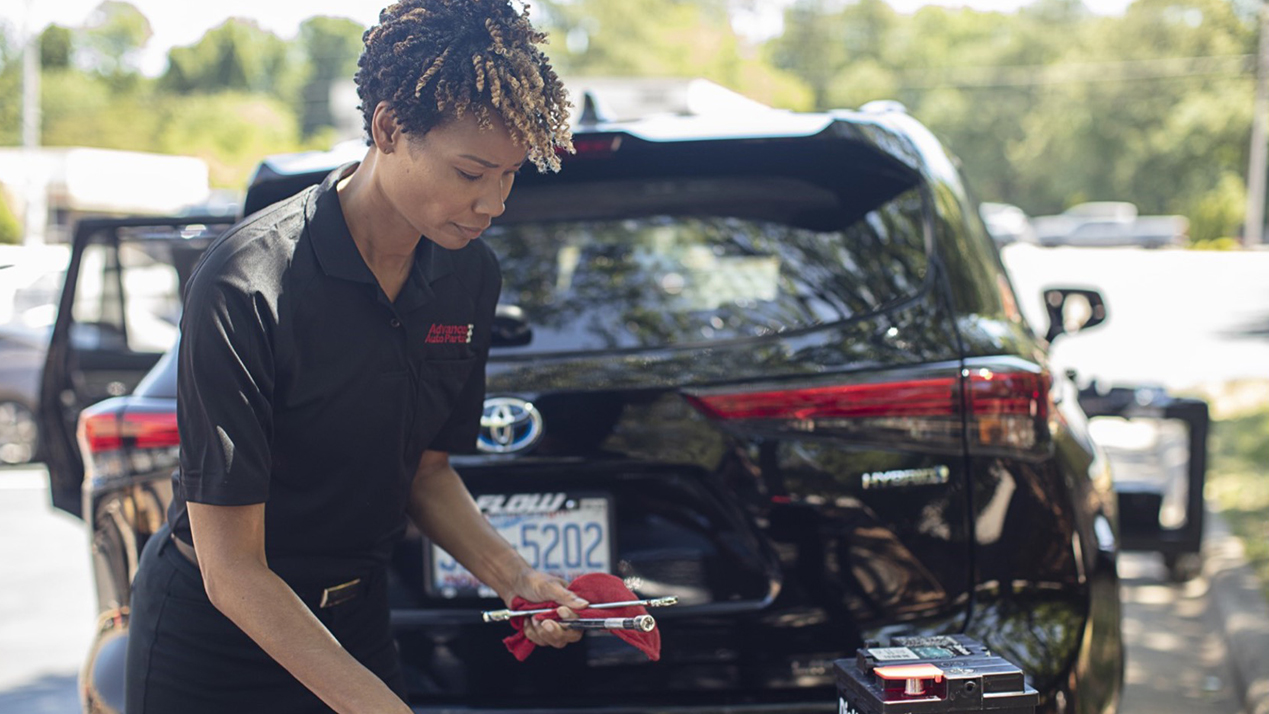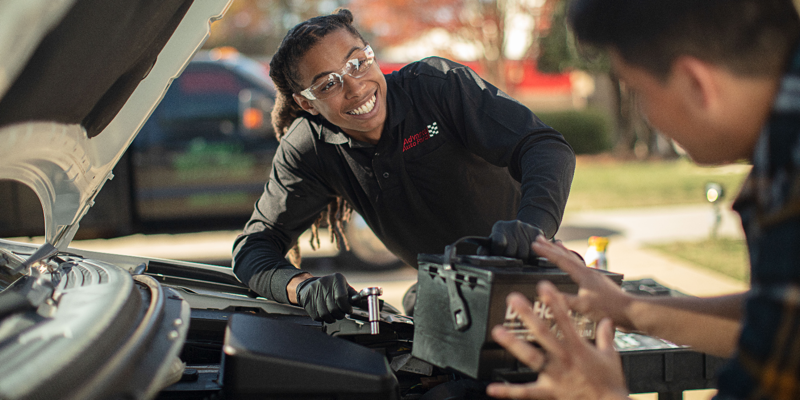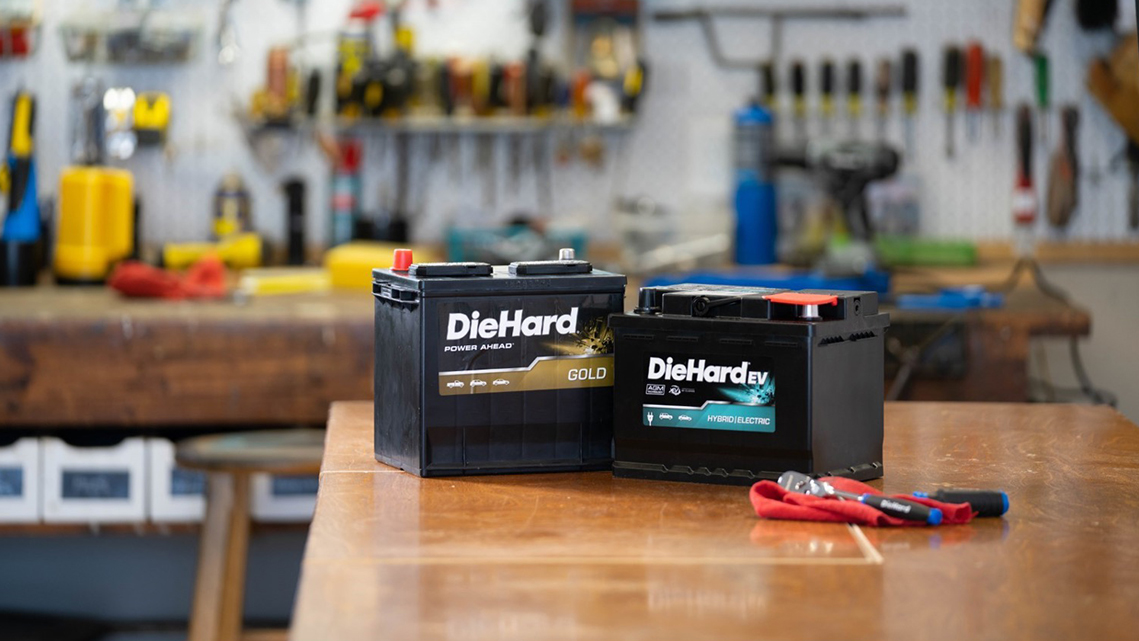Vehicle ignition systems have evolved significantly over the years to deliver improved, more reliable and more powerful performance. Today, there are three primary ignition systems, and despite their differences in technology and components, they all work on the same basic principles.

Source | Gerry Roarty/Unsplash
How ignition systems work
All automotive ignition systems (except diesels) have to generate a spark strong enough to jump across the spark plug's gap. This is accomplished using an ignition coil consisting of two coils of wire wrapped around an iron core. The goal is to create an electromagnet by routing the battery's 12 volts through the primary coil. When the car ignition system turns off the power flow, the magnetic field collapses, and as it does, a secondary coil captures this collapsing magnetic field and converts it into 15,000 to 25,000 volts.
In order to generate maximum power from the air/fuel mixture, the spark must fire at just the right moment during the compression stroke. Engineers have used several methods to control spark timing. The early systems used fully mechanical distributors. Next came hybrid distributors equipped with solid-state switches and ignition control modules — essentially low-end computers. Then, engineers designed fully electronic automotive ignition systems, the first of which was a distributor-less style (DIS). Modern automotive ignition systems are referred to as coil-on-plug (COP), which in addition to improving spark timing, uses redesigned ignition coils that pack a much bigger wallop and generate a hotter spark.
The distributor automotive ignition system
A distributor-based automotive ignition system connects to the camshaft with gears. In the fully mechanical distributor, the gears spin the main distributor shaft. Inside, a set of “ignition points” rubs against a multi-sided cam on the distributor shaft. The cam opens and closes the points; they act like a mechanical switch that interrupts current flow. That’s what starts and stops the flow of power to the ignition coil. Once the coil generates firing voltage, it travels to the top of the coil and into the top of the distributor cap. There, a rotating disc attached to the distributor shaft “distributes” the power to each of the spark plug wires.
These early, fully mechanical distributor systems had their shortcomings. The ignition points would break down and change spark timing, messing up engine efficiency and requiring replacement as often as every 12,000 miles. They also had to be set very precisely using a set of feeler gauges; improperly-gapped points wouldn't work very efficiently.
The solution was to move from a fully mechanical distributor by incorporating solid-state switches that didn’t wear out. Doing so increased reliability, but the solid-state switches still took their marching orders from the distributor shaft, which was still mechanically driven from the camshaft. Distributor shafts would tend to develop a certain amount of "lash" or slop after 120,000 or so miles. Since gear wear would always be an impediment to proper spark timing, mechanical ignition systems had to evolve, and beginning in the early ’80s, vehicle manufacturers began moving from the mechanical distributor to a distributor-less automotive ignition system (DIS).
The distributor-less automotive ignition system (DIS)
This system determines spark timing based on two shaft position sensors and a computer. The Crankshaft Position Sensor (CKP) is mounted at the front of the crankshaft or near the flywheel on some vehicles, and the Camshaft Position Sensor (CMP) is mounted near the end of the camshaft. These sensors continually monitor both shafts’ positions and feed that information into a computer.
The DIS also employs a different coil setup as compared to its predecessor. Instead of asking a single coil to power all the cylinders, the DIS uses multiple ignition coils called “coil packs," each generating spark for just two cylinders. As a result, each coil can be “on” longer and develop a stronger magnetic field — as much as 30,000 volts — and stronger, hotter spark that was needed in order to ignite newer vehicle's leaner fuel mixtures.
Coil-on-Plug Ignition System
The coil-on-plug (COP) vehicle ignition system incorporates all the electronic controls found in a DIS car ignition system, but instead of two cylinders sharing a single coil, each COP coil services just one cylinder and has twice as much time to develop maximum magnetic field. As a result, some COP car ignition systems generate as much as 40,000 to 50,000 volts and much hotter, stronger sparks.
COP ignition systems have another big advantage over DIS ignition systems. Since the coil mounts directly on top of the spark plug, spark plug cables are eliminated because the firing voltage is delivered directly to the plug. Plug cables mean greater resistance loss of amperage and voltage, as well as the possibility of contamination and cross-firing between cables if they become greasy or worn.
The coils in a COP ignition system can be damaged by degreasers and water during engine cleaning so be sure each is wrapped in plastic and protected before any under-hood cleaning begins.
Ignition systems will continue to improve with features that today are unimaginable as technology advancements lead to continued improvements. Even as they do, all three of these ignition system types are still well-suited to the vehicle era they were originally intended for and easy to maintain and repair.








